Our lives are constantly getting faster, everyday life more hectic. We rush from one appointment to the next, and our minds are constantly occupied with things to do and worries that lie ahead of us. But with a little mindfulness and a few basic exercises, you can soon slow down and do something to counter the stress.
Slowing down – deceleration – is something that we keep hearing and reading when it comes to dealing with stress and relaxing. But what exactly does it mean? Basically, slowing down (or decelerating) is the opposite of speeding up (or accelerating). And it may sound simple, but it’s not always easy to drop the speed a little in everyday life. We’ve probably all noticed that our lives have speeded up over the past years and decades. We are all always available by phone, messenger or email, and thanks to the Internet messages reach us in real time. Never before have people been bombarded with as much information and so many impressions as they are today. Which of course has its advantages on the one hand, but on the other it can also be stressful. Fortunately, there are lots of ways to consciously take time out and integrate awareness in everyday life.
A relaxed start to the day
We don’t have to be at work, with perhaps a load of unanswered emails or a mountain of tasks awaiting us, to be stressed. The stress usually starts much earlier – for many people as soon as they get up. Of course, it’s lovely to stay in your warm bed when the alarm clock goes off and press the snooze button for a few more minutes. But in reality, you’ll be even more stressed when you do get up than you would have been if you had got up when the alarm first rang – because now you have less time for a relaxed start to the day. Instead, try to get up a little earlier so you still have a little time for yourself first thing, and can set yourself up for the day in peace, while you have breakfast or when you’re getting ready in the bathroom.
Ever showered mindfully?
Generally, it is a good idea for the bathroom not only to be functional, but to ensure it is furnished so that you like being in there. Mindfulness can be practised in the bathroom. Instead of quickly jumping under the shower and running through all the things you have to do today in your mind, try to focus specifically on this moment right now. Be aware of every sound, every detail. What does it sound like when you turn the tap on, what does the water feel like on your skin? What sound do the water drops make against your body and against the wall? Be aware of the water flowing over your skin, and keep your thoughts exactly where you are at the moment. If another thought creeps in, register it, and then let it float on like a cloud. Incidentally, you can incorporate these little mindfulness exercises in your daily life.
Go for a walk outside
We spend a large part of our time in closed rooms. From home into the car, from the car into the office, and then in reverse in the afternoon. If you have the feeling the ceiling is coming down on you, the best thing you can do is just get outside. Even if you don’t think you’ve got the time, it’s so easy to incorporate a walk in your day. For instance, you could go out during your lunch break, before you go to bed or perhaps as soon as you get up in the morning. Just set off; there’s no need for a specific destination, because as soon as you get out into the fresh air your head will feel clearer and you’ll be able to face the tasks awaiting you feeling refreshed and able to cope.
Digital fasting
Today, almost any kind of information we could wish for is available to us at the touch of a button. We effectively carry it all around with us in our bag or pocket. Quickly check our friends’ photos on Instagram; like a post on Facebook, and reply to the umpteenth message on WhatsApp. This constant digital bombardment can really affect us, and in fact causes more stress than we realise. Which makes it even more important to arrange, ideally regularly, times when we go on a digital fast – also known as a digital detox. During these times, your laptop or PC, and especially your smartphone, should be off-limits. You might not believe it, but it can actually be quite tough to simply let go of all social media. There are several little helpers that you can call on here, such as apps for the free “Digital Detox Challenge” for Androids. They’re really easy to use. If you use your smartphone before the end of the pre-set Challenge, you have to pay a certain amount to the developers of the app. There’s a similar digital detox app for iOS called “ShutApp” that works in almost the same way.
Just don’t do anything
Nothing is that important that it can’t wait for a while. There’s no reason why some things, such as emptying the dishwasher or vacuum cleaning, can’t be left for a day. Give yourself regular time-outs, when you set aside your normal daily routine and do something for yourself. Or else just don’t do anything. And we mean it – nothing at all. It might sound easy, but it isn’t necessarily. Try it – climb into your hammock and just let your thoughts roam free, or watch the clouds float over ahead in the sky. There are so many other things you can do as well to slow down in your everyday life. And it’s usually the simple things that are the most effective. The best person to find out which ones suit you – is you.

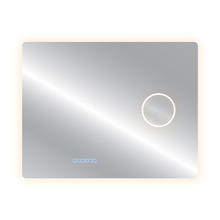 Smart Mirrors
Smart Mirrors Touchless Basin Mixers
Touchless Basin Mixers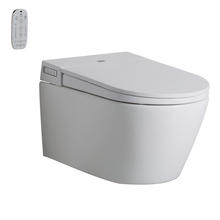 Wall Hung
Wall Hung Wall Faced
Wall Faced Back To Wall
Back To Wall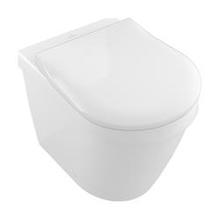 Wall Faced
Wall Faced Wall Hung
Wall Hung Bidets
Bidets Urinals
Urinals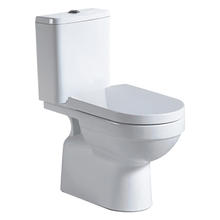 Close Coupled
Close Coupled In Wall Cisterns
In Wall Cisterns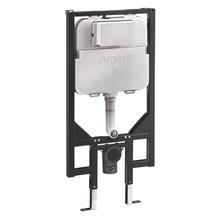 In Wall Cisterns & Frames
In Wall Cisterns & Frames Flushplates
Flushplates Mains Pressure Valves
Mains Pressure Valves Under Counter
Under Counter Drop In
Drop In Vessel
Vessel Counter Top
Counter Top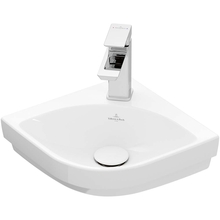 Hand Wash
Hand Wash Wall Mounted
Wall Mounted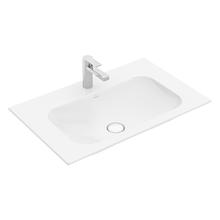 Vanity
Vanity Semi Recessed
Semi Recessed Freestanding
Freestanding Bottletraps & Wastes
Bottletraps & Wastes Accessories
Accessories Wall Hung Cabinets
Wall Hung Cabinets Floor Mounted Cabinets
Floor Mounted Cabinets Basin Mixers
Basin Mixers Shower & Bath Mixers
Shower & Bath Mixers In Wall Bodies
In Wall Bodies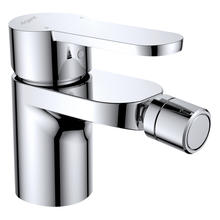 Bidet Mixers
Bidet Mixers Spouts
Spouts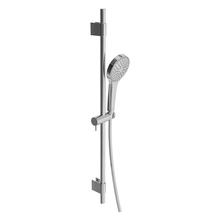 Rail Sets
Rail Sets Shower Systems
Shower Systems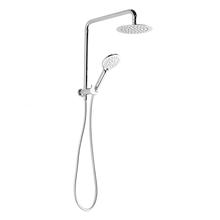 Combination Showers
Combination Showers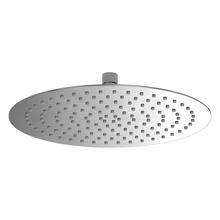 Overhead Showers
Overhead Showers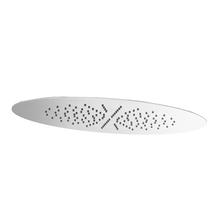 Ceiling Showers
Ceiling Showers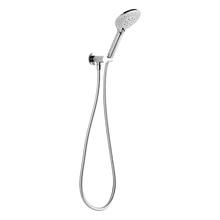 Shower Hook Sets
Shower Hook Sets Freestanding
Freestanding Shower Components
Shower Components Shower Sets with Grab Rail
Shower Sets with Grab Rail Freestanding
Freestanding Drop In
Drop In Spas
Spas Whirlpools
Whirlpools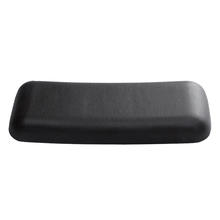 Accessories & Wastes
Accessories & Wastes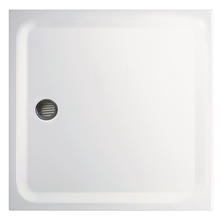 Shower Trays
Shower Trays Wastes
Wastes Robe Hooks
Robe Hooks Towel Rails
Towel Rails Toilet Roll Holders
Toilet Roll Holders Toilet Brush Sets
Toilet Brush Sets Hand Towel Holders
Hand Towel Holders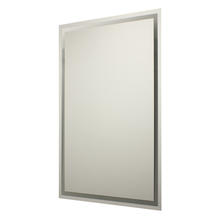 Mirrors
Mirrors Shelves & Baskets
Shelves & Baskets Soap Dishes
Soap Dishes Liquid Soap Dispensers
Liquid Soap Dispensers Towel Racks
Towel Racks Glass Mounted Fittings
Glass Mounted Fittings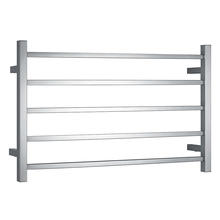 Heated Towel Rails
Heated Towel Rails





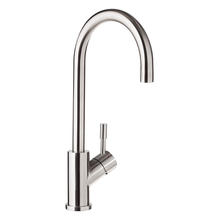 Kitchen Mixers
Kitchen Mixers Under Mount
Under Mount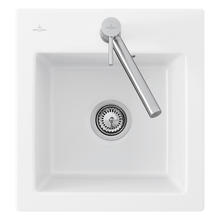 Top Mount
Top Mount Butler & Farmhouse
Butler & Farmhouse Accessories
Accessories PWD King
PWD King Food Waste Disposers
Food Waste Disposers
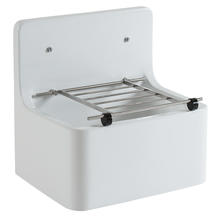 Cleaners Sink
Cleaners Sink
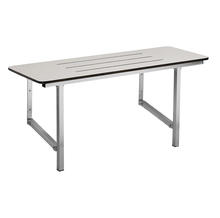 Shower Seats
Shower Seats Grab Rails
Grab Rails Accessories
Accessories Basins
Basins Flushing
Flushing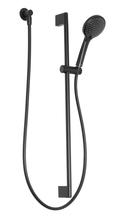 Showers
Showers Sinks
Sinks Tapware
Tapware Toilets
Toilets Accessories
Accessories Flushing
Flushing Showers
Showers Tapware
Tapware Accessories
Accessories Flushing
Flushing Showers
Showers Tapware
Tapware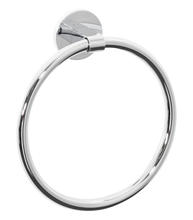 Accessories
Accessories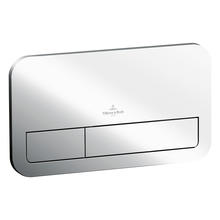 Flushing
Flushing Showers
Showers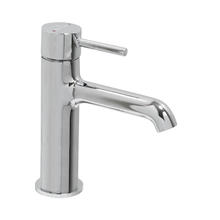 Tapware
Tapware Flushing
Flushing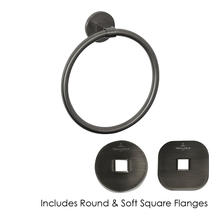 Accessories
Accessories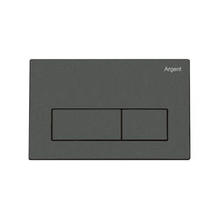 Flushing
Flushing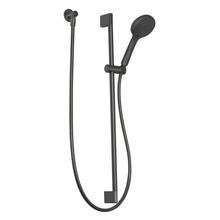 Showers
Showers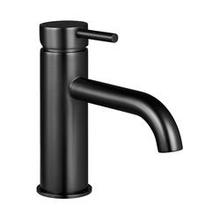 Tapware
Tapware Basins
Basins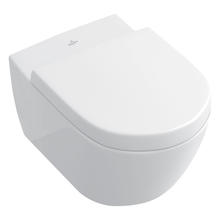 Toilets
Toilets Accessories
Accessories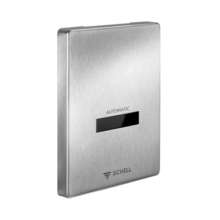 Flushing
Flushing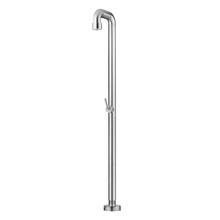 Showers
Showers Sinks
Sinks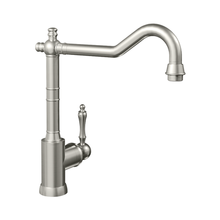 Tapware
Tapware Accessories
Accessories Showers
Showers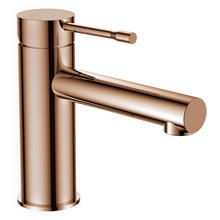 Tapware
Tapware Basins
Basins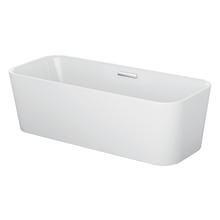 Baths
Baths Sinks
Sinks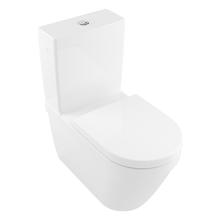 Toilets
Toilets

